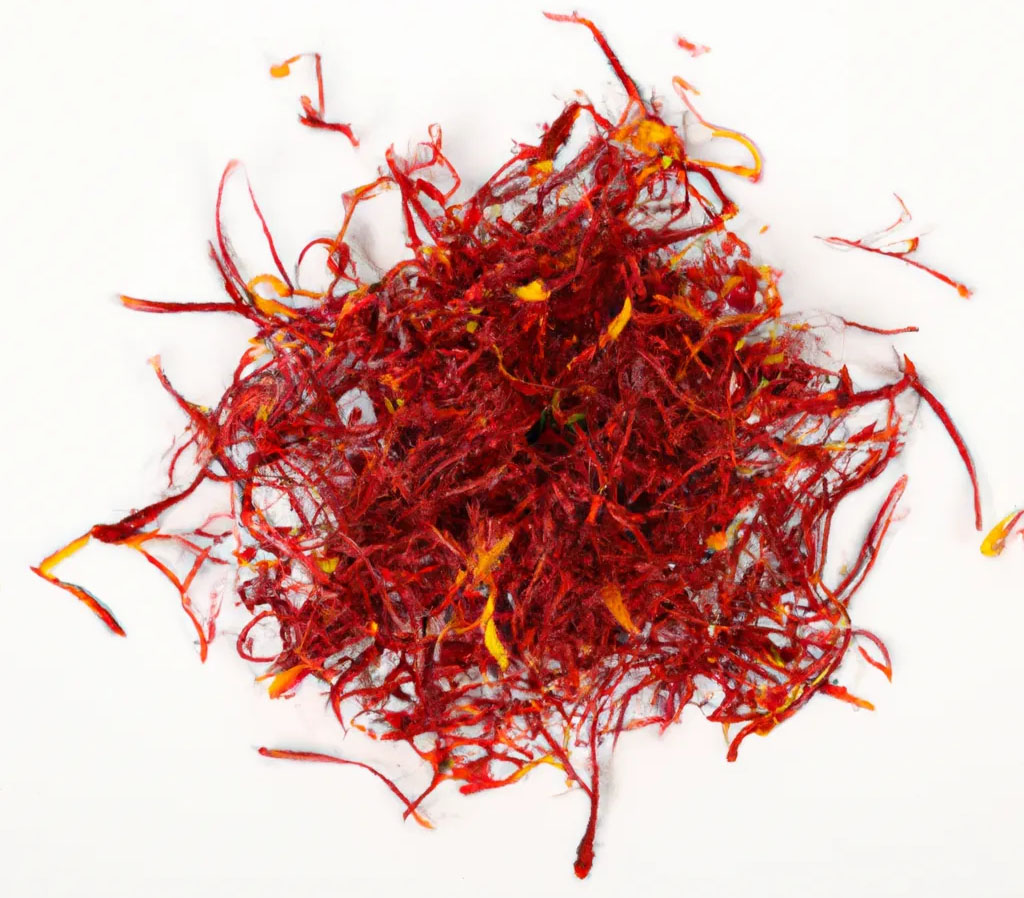Iranian saffron, often called “red gold,” is one of the world’s most prized and expensive spices, known for its vibrant color, unique flavor, and medicinal properties. Grown primarily in the northeastern provinces of Iran, particularly in Khorasan, Iranian saffron accounts for more than 90% of the global production, making it a cornerstone of the country’s agricultural heritage and economy.
Its superior quality sets Iranian saffron apart from saffron grown in other regions. The delicate stigma of the Crocus sativus flower, from which saffron is derived, is hand-harvested with extreme care. The harvesting process is meticulous; each flower yields only three red threads of saffron, and it takes over 150,000 flowers to produce just one kilogram of the spice. The labor-intensive nature of its production, along with the specific climate and soil conditions in Iran, contributes to the high price of this valuable spice.
Iranian saffron is characterized by its deep red hue and powerful aroma, with a slightly sweet and earthy flavor profile. Its versatility is showcased in various culinary applications, ranging from savory dishes to desserts and beverages. In Persian cuisine, saffron enhances the flavor and color of rice dishes such as chelo and tahdig, as well as stews, soups, and kebabs. Saffron also prominently features sweet treats like sholeh zard (saffron rice pudding) and traditional drinks such as saffron tea.

